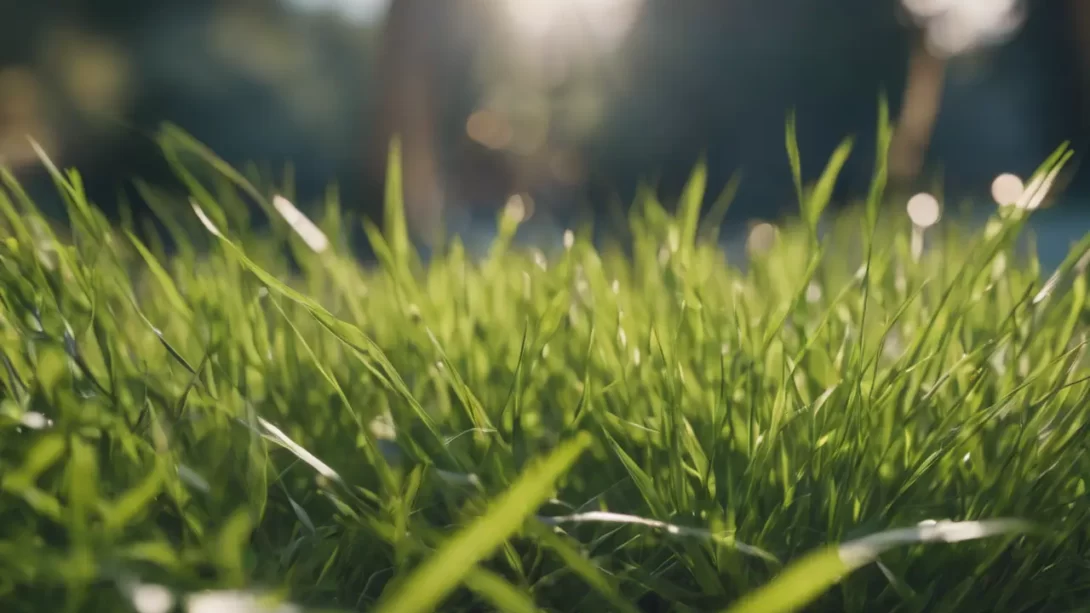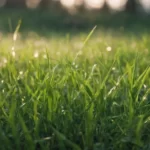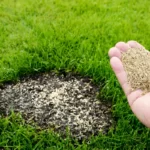A lush, well-maintained lawn is a hallmark of good gardening and landscape management. Key to achieving this is understanding the growth patterns of grass, particularly when it stops growing. Grass growth is closely tied to seasonal changes, and knowing when it enters a dormant phase is crucial for effective lawn care and maintenance. This article delves into the growth cycles of grass and the factors influencing when and how it stops growing.
Grass Growth Fundamentals
Grass typically goes through cycles of active growth and dormancy. These cycles are influenced by the type of grass and environmental conditions. There are two main categories of grass:
- Cool-Season Grasses: These types, including fescue and bluegrass, thrive in cooler temperatures of spring and fall. They tend to slow down in growth during hot summer months and go dormant in winter.
- Warm-Season Grasses: Varieties like Bermuda and zoysia grow actively during the warm summer months. Their growth slows as temperatures drop in fall and typically become dormant in winter.
Understanding which type of grass you have is essential for predicting its growth patterns and providing appropriate care.
Factors Influencing Grass Growth
Several key factors impact the growth rate of grass:
- Temperature: Grass growth is significantly influenced by temperature. Cool-season grasses prefer temperatures between 60-75°F, while warm-season grasses thrive in 80-95°F.
- Sunlight: Adequate sunlight is essential for photosynthesis, the process by which grass converts light into energy for growth.
- Water: Regular watering is crucial, especially during dry spells. However, overwatering can be detrimental.
- Soil Nutrients: Nutrient-rich soil promotes healthy grass growth. Fertilizers may be required to replenish nutrients depleted by active growth.
Each of these factors plays a role in determining when grass will stop growing and enter its dormant phase.
Seasonal Growth Patterns
Grass growth is significantly impacted by the changing seasons:
- Spring and Summer: These are typically periods of active growth, especially for warm-season grasses. Cool-season grasses may experience a growth spurt in late spring and early summer.
- Autumn and Winter: As temperatures drop, growth slows. Most grass types enter a dormant state in winter, conserving energy and resources until conditions are favorable again.
Recognizing these seasonal patterns is crucial for timing lawn care activities, such as mowing, watering, and fertilization, to align with the natural growth cycle of the grass.
Temperature Thresholds for Grass Dormancy
The transition of grass into its dormant phase is largely governed by temperature. Each type of grass has specific temperature thresholds that signal the slowdown or cessation of growth:
- Cool-Season Grasses: These grasses typically stop growing when daytime temperatures consistently fall below 50°F (10°C). They enter dormancy as the winter cold sets in.
- Warm-Season Grasses: Growth slows down when temperatures drop below 55-60°F (13-15°C) and usually stops when they consistently fall below 50°F (10°C).
Understanding these temperature thresholds is crucial for lawn care planning, particularly in regions with variable climates.
Preparing for Grass Dormancy
As the growing season winds down, certain lawn care practices can help prepare your grass for dormancy:
- Adjusting Mowing Height: Raise the cutting height of your lawn mower in late summer or early fall. This helps grass store more energy in its roots, strengthening it for the dormant period.
- Autumn Lawn Care Activities: For cool-season grasses, autumn is the ideal time for aeration, overseeding, and applying a slow-release fertilizer. These practices help the lawn recover from summer stress and prepare for winter dormancy.
- Watering Routines: Reduce the frequency of watering as the temperature drops. Overwatering during this period can make grass more susceptible to diseases and winter damage.
Properly preparing your lawn for dormancy can help ensure a quicker, healthier revival when growth conditions become favorable again.
Signs of Grass Dormancy
Recognizing when your grass has entered dormancy is important for appropriate lawn care. Here are some signs:
- Color Change: Grass often changes color as it enters dormancy, typically turning brown or tan.
- Reduced Growth Rate: A noticeable slowdown in growth is a clear indicator. You may find that mowing is needed less frequently.
- Texture Changes: Dormant grass may feel less springy and more brittle underfoot.
Identifying these signs of dormancy can prevent unnecessary or harmful maintenance practices, such as mowing or over-fertilizing.
Lawn Care During Dormancy
Caring for your lawn during its dormant phase is different from active growth periods. Here are some key considerations:
- Minimal Watering: While dormant grass requires less water, it’s important to provide occasional watering during prolonged dry spells to prevent dehydration and damage.
- Avoiding Foot Traffic: Dormant grass is more susceptible to damage. Limiting foot traffic can help prevent wear and tear, preserving the lawn’s health.
- Refraining from Mowing: Mowing is generally not necessary when the grass is dormant. If mowing is required due to a late growth spurt, ensure not to cut it too short, as this can stress the grass.
- Protecting the Lawn: Keep the lawn free from heavy objects, such as parked cars or equipment, which can compact the soil and damage the dormant grass.
Proper care during dormancy is crucial for maintaining the health of the lawn and ensuring it can return to robust growth in the next active season.
Conclusion
Understanding when grass stops growing and enters its dormant phase is essential for effective lawn care. By recognizing the seasonal growth patterns, temperature thresholds for dormancy, and adjusting maintenance practices accordingly, you can ensure your lawn remains healthy throughout the year. Whether you’re dealing with cool-season or warm-season grasses, adapting your lawn care routine to their natural growth cycles will lead to a lush, resilient lawn that can withstand the changing seasons. Remember, a little knowledge and timely care go a long way in maintaining the beauty and health of your green space.




